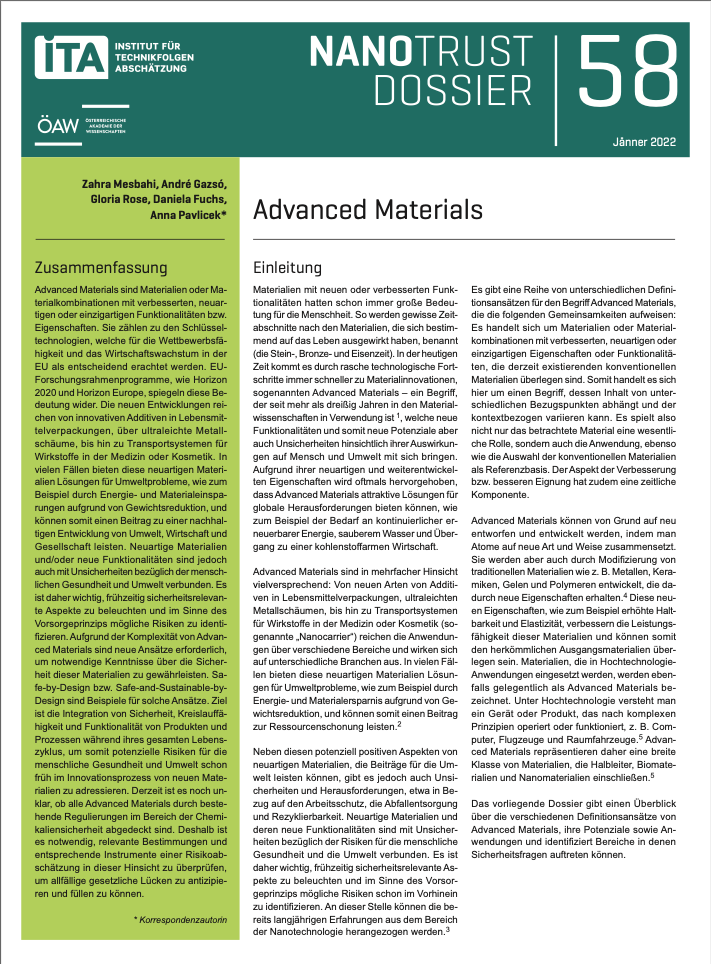
ITA Nanotrust Dossiers, pp. , 2024/09/09

In recent years, there has been a trend in dentistry towards using metal-free dental implants.
For decades, implants made of titanium have been considered the “gold standard”, but can
now be supplemented or even replaced by biocompatible ceramic implants. In addition to the aesthetic aspect of ceramic dentures, they also offer better tissue compatibility for patients who are allergic to individual components of titanium implants or have pre-existing conditions such as diabetes. Ceramic dental implants are made of zirconium dioxide (ZrO2), amongst other materials, and are highly durable and long-lasting, with improved chances of bone healing (osseointegration). Overall, this opens up new opportunities in dentistry.
Ceramic is an inert (non-reactive) material that has been used for some time as a biocompatible material in orthopaedics, e.g. as hip implants. However, during the placement or use of dental implants, it might be possible that technical nanomaterials used in the ceramic composites can be released and/or nanoscale abrasion in the form of “secondary” nanoparticles can occur. This abrasion can then be either swallowed or inhaled. It is therefore essential to consider possible health risks and investigate nano-specific toxicity effects in more detail during marketing authorisation procedures. To date, no negative interactions in the human body are known, but there are only very few long-term studies on potential risks for humans and the environment.
This dossier explains the material properties of ceramic dental implants compared to conventional titanium implants. It provides an overview of the potential risks and opportunities associated with using this material in dental implantology.